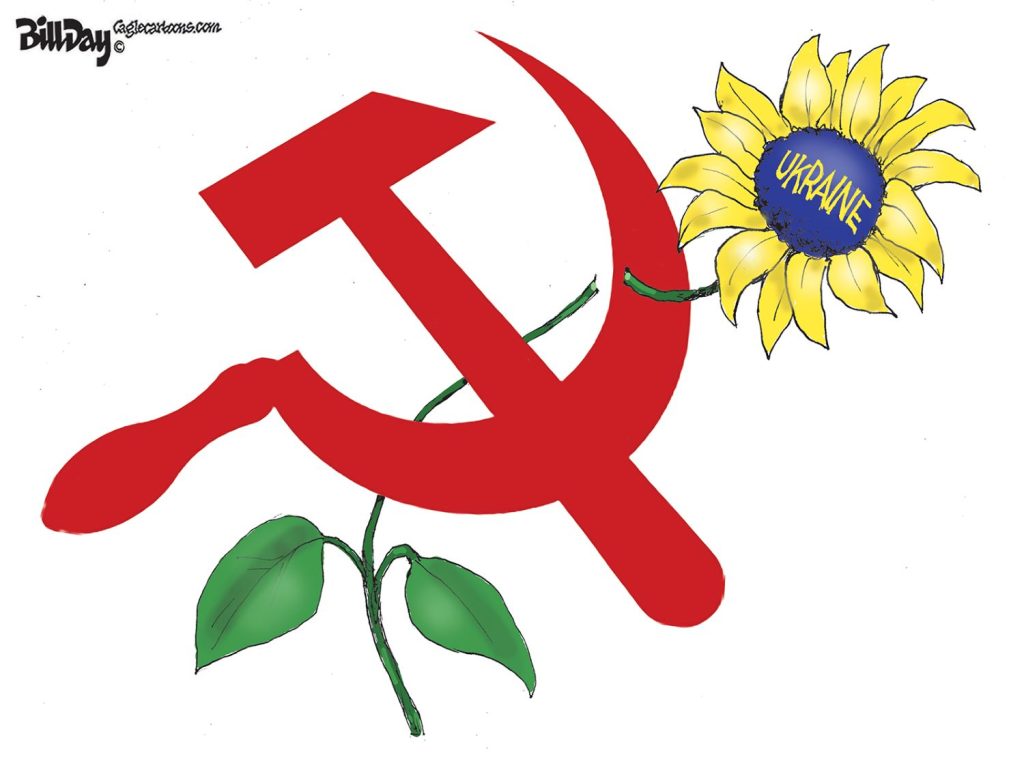From Mother Jones:
The real story is more complicated, and the best place to see it is the federal government’s National Assessment of Educational Progress, otherwise known as the Nation’s Report Card, the “gold standard,” or just plain NAEP. It provides a long-term set of results going back to the early 1970s, and unlike state tests, which vary substantially and are sometimes dumbed down to produce higher scores, the NAEP is widely trusted in the educational community. It can’t tell us anything about particular students or schools (since only a fraction of the nation’s schools participate), but it can give us a pretty good idea of how national averages have changed over time. So let’s take a look at the trend lines.
Myth No. 1: Kids today don’t know as much as they used to.
The chart below shows overall reading and math scores for 9-year-olds starting in the early ’70s. Since then, reading scores have gone up 12 points and math scores have gone up 24 points. Ten points on the NAEP roughly equals one grade level, which means that today’s 9-year-olds are performing more than a full grade level better in reading and two grade levels better in math compared to the ’70s.
Myth No. 2: But we haven’t made much progress with black and Latino kids.
In fact, scores for blacks and Latinos are up more than scores for whites. In reading, as the chart above shows, white kids’ scores are up 14 points, while Latinos’ have risen 24 points and blacks’ 34 points. In math, scores for white kids are up 25 points, while Latinos’ have jumped 32 points and blacks’ 34 points. There’s still a significant gap between whites and other groups, but we’ve been making steady—and largely unheralded—progress for the past 40 years.
To read more, click here.




While there was a slight downturn in progress in the eithties, the progress sinice then has been continuous. The important thing to keep in mind, and the data only reinforce it, is that the major reason for all the education “reform” is that there are some folks that want to make money off of it. One of he fastest growing industries in the US over the past two decades has been education services. This is the privitization industry which has been draining public funds from our public schools.